Have you ever heard of aged tea? Do you think aged tea is a kind of expensive and mysterious tea? Do you want to know what aged tea is, why some people are willing to spend a lot of money to buy aged tea, and how to distinguish between genuine and fake aged tea? If you are interested in these questions, then let`s explore the charm of aged tea with Andy!
What is aged tea?
Aged tea refers to tea leaves that have been stored for a long time, usually calculated in years. However, there is no clear standard to define what kind of tea leaves can be called aged tea, which depends on different varieties and processing techniques.
Why drink aged tea?
The biggest feature of aged tea is its flavor and taste. Over time, substances in the tea leaves undergo oxidation and transformation, producing some unique aromas, such as ginseng fragrance, red bean fragrance, and fruity acidity. At the same time, the bitterness in the tea leaves decreases, making the tea soup smoother and sweeter. Therefore, aged tea can bring us a different experience from new tea, allowing us to taste the charm of time.
Why is aged tea so expensive?
The high price of aged tea is mainly due to its rarity and cost. To produce good aged tea, several conditions are required: Long-term storage: Aged tea needs to be stored for several years or even decades, which means that the cost of time is high. Proper space: Aged tea needs a fixed space for storage, cannot be moved randomly or exposed to sunlight, which means that the cost of space is high. Strict control: Aged tea requires a good storage environment, with ventilation, dryness, and avoiding high temperatures and humidity, otherwise it may cause mold, insects, or deterioration of the tea leaves, which means that the risk cost is high.
How to judge the authenticity of aged tea?
Different aromas are produced. The charcoal flavor after tea leaf baking is not the aroma produced after aging, and tea leaf baking is usually done to reduce the moisture content of the tea leaves to extend the shelf life. Tea leaf appearance: The tea shaping techniques vary in different eras. For example, 30 years ago, the Dong Ding tea was shaped manually, so the appearance of the tea balls was slightly curled, also known as “shrimp curl.” If the tea leaves appear very round and tightly bound, it is less likely to be made using the tea shaping techniques from 30 years ago. Tea packaging: Genuine aged tea will have some markings indicating its year and origin, such as the date of competition tea. Pesticides: This is a more extreme method but also an effective one. Since different pesticides were used in different eras, if the tea leaves contain pesticides that have been banned, such as DDT, it indicates that they are very old tea leaves.
In conclusion, aged tea is a type of tea worth appreciating and tasting, as it allows us to experience the accumulation and changes of time. However, older does not always mean better, and the most important thing is to consider your own preferences and financial situation.
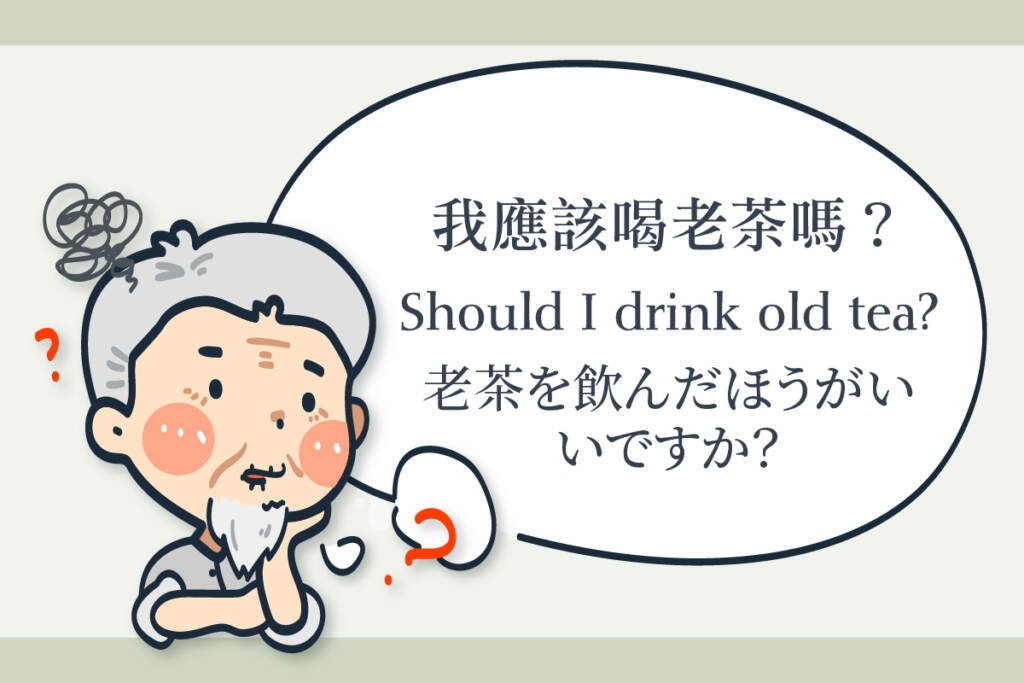
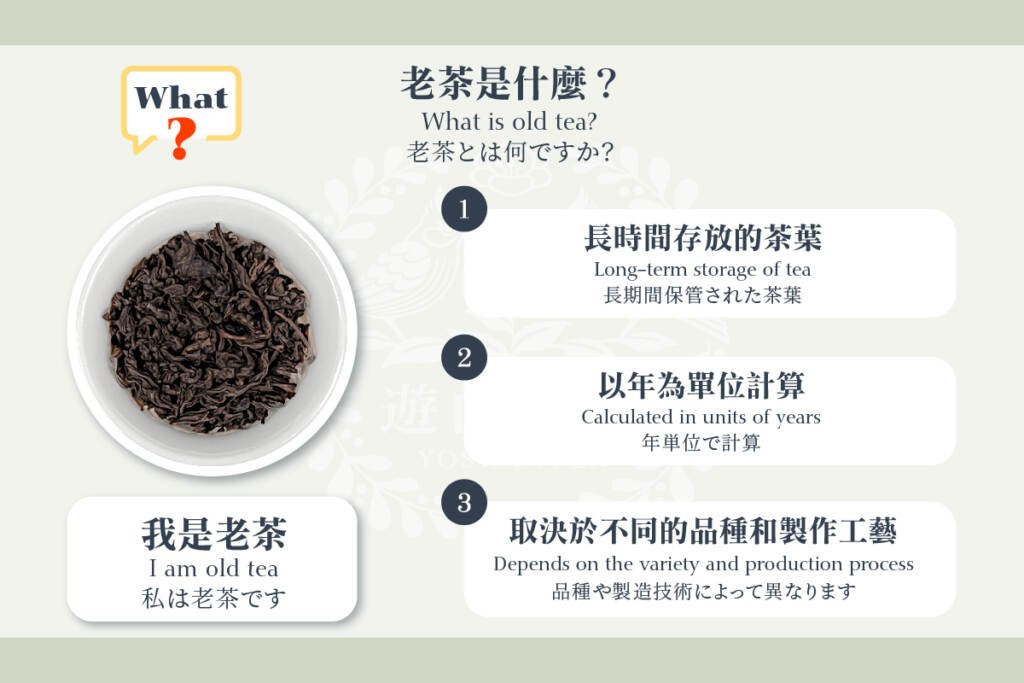
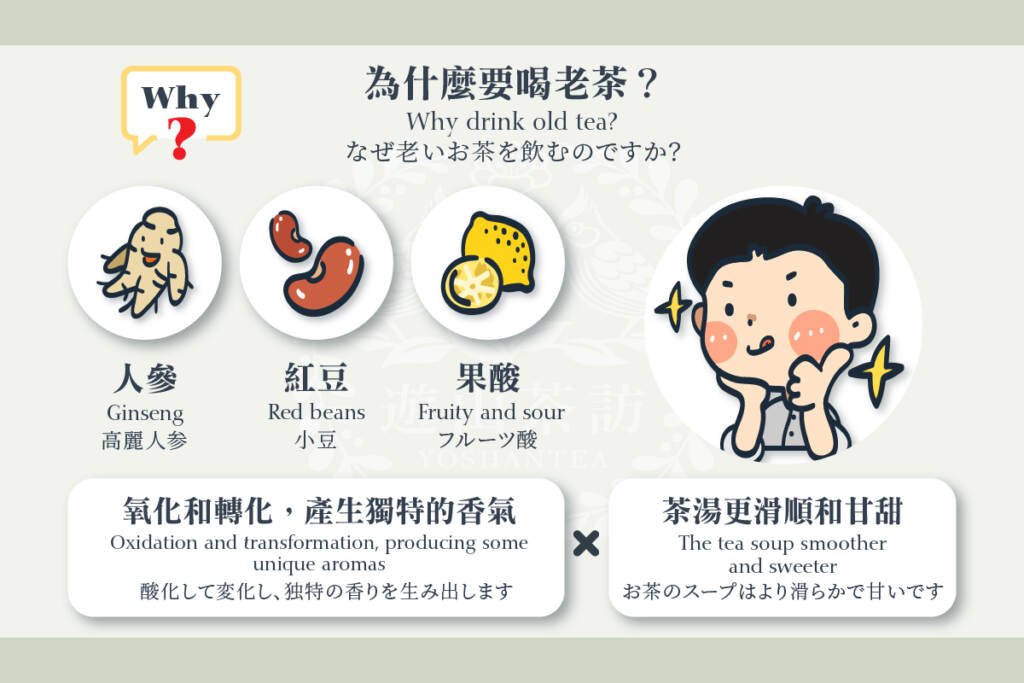
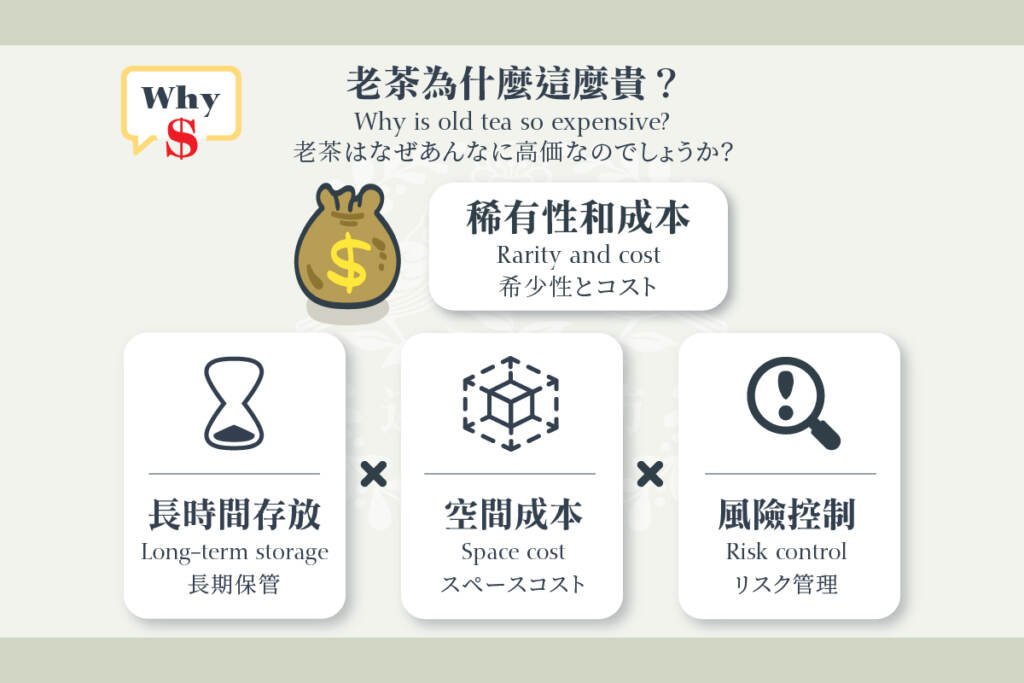
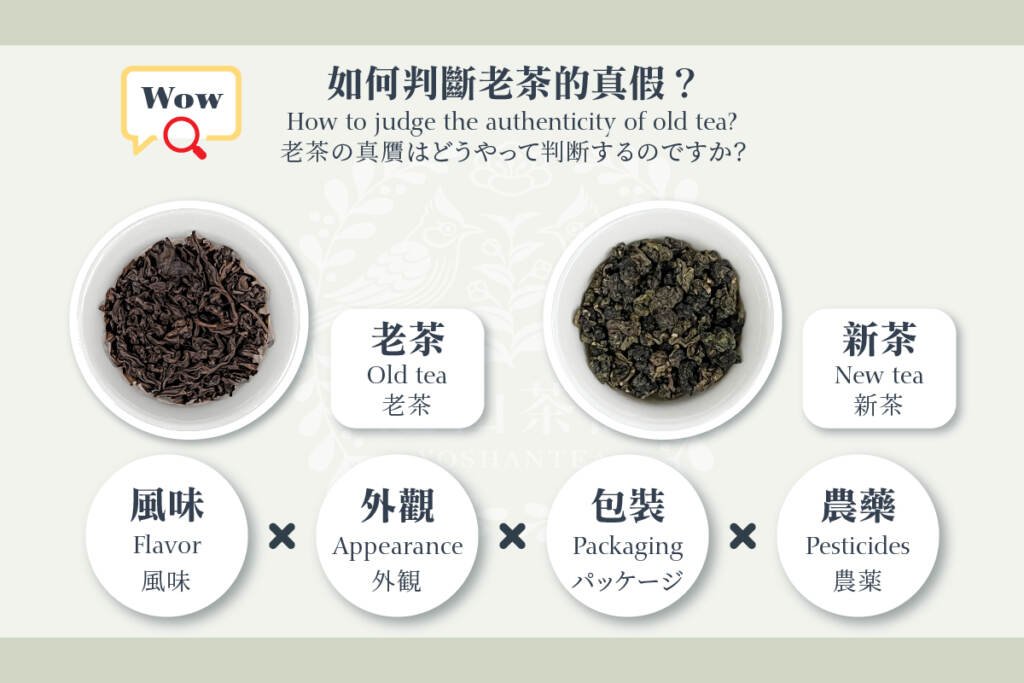

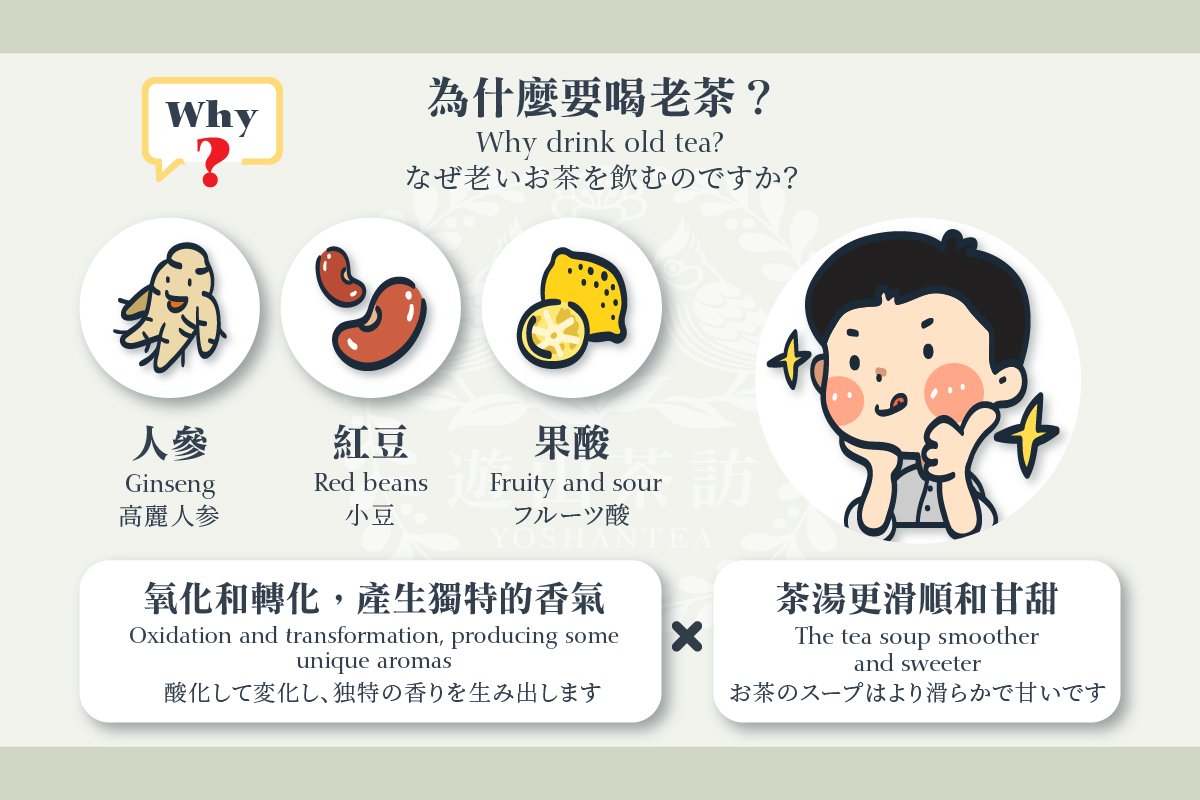

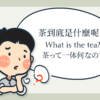
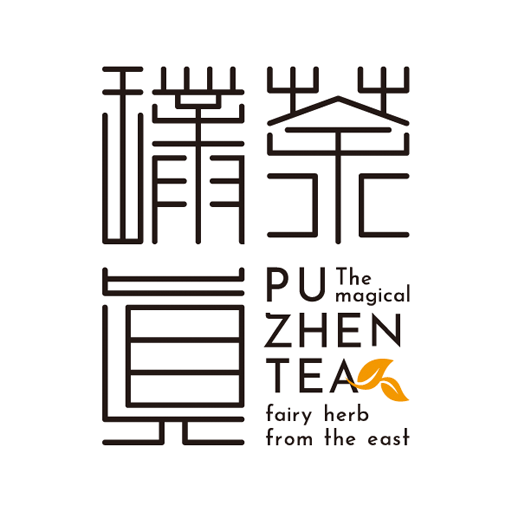
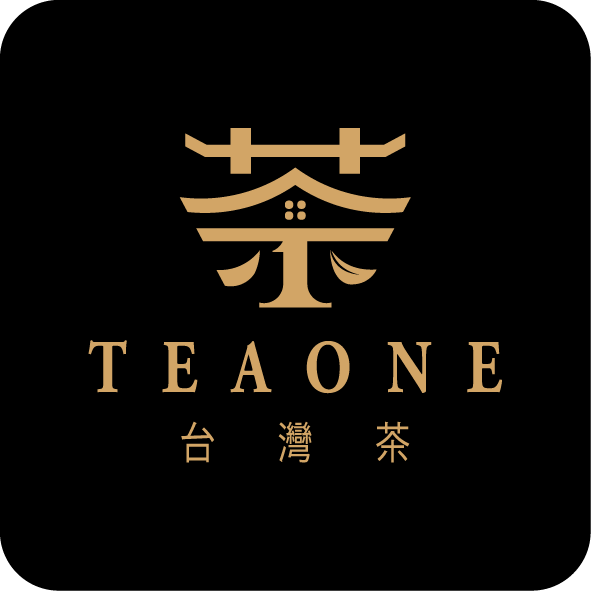
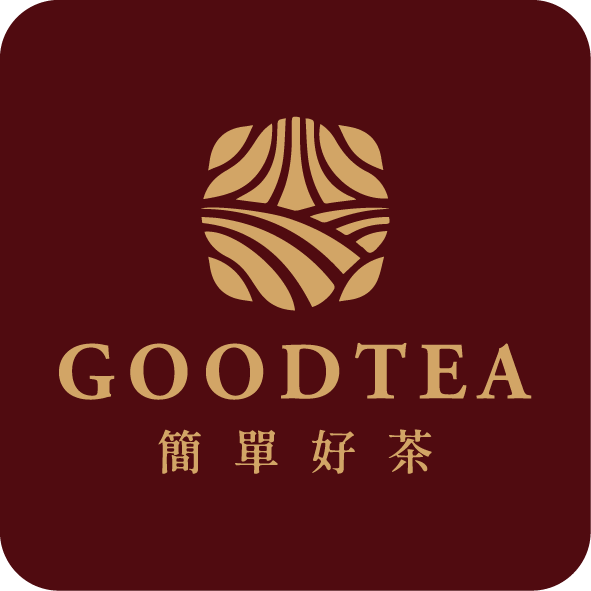
Leave a reply